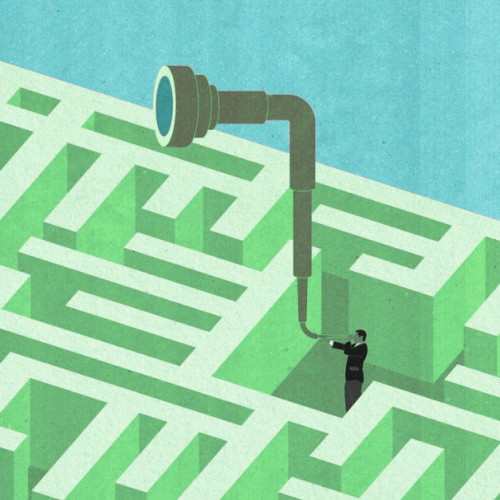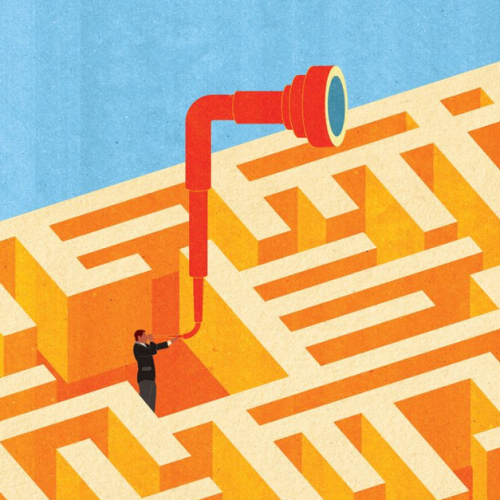Deir al-Balah has often been described as a fallback zone. In practice, it was never a place of safety. Even before today’s escalation, aid personnel working from the city were exposed to serious and regular threats. Strikes occurred within tens of metres of known NGO locations. Drone attacks and indirect fire landed as close as 100 metres or less. Armed intrusions, attempted robberies, and chaotic crowd encounters were regular events. Many teams were forced to evacuate at short notice, often under pressure, navigating hostile streets where desperate civilians and armed groups moved freely. The operational space was never protected, and the risks were never low.
As of the evening of 21 July, the environment has deteriorated further. Military operations around Deir al-Balah have intensified. Humanitarian organisations, already concentrated there following previous evacuations from southern areas, now find themselves operating in a significantly reduced and unstable space.
Agencies are working from guesthouses, private homes, and temporary facilities with no formal security footprint. Reports continue of bombardments near populated areas, the confirmed presence of military ground forces, and armed activity around medical and humanitarian infrastructure.
In parallel, security incidents driven by civilian desperation and armed actors have escalated. Humanitarian convoys and vehicles have been targeted. Roadblocks and robberies have disrupted critical movements. Staff are reporting looting of food, water, and relief items. Supplies are being taken at force. Armed individuals, some masked, have entered NGO premises. Conditions are becoming more volatile by the hour.
Unverified reports from this morning suggest that a United Nations Operations building (UNOPS/UNMAS), located within the declared evacuation zone, sustained damage during active ground operations involving armoured vehicles in the area. International staff were reportedly sheltering in the basement while the upper floors came under impact. Efforts to extract those inside were said to be underway. While unconfirmed, such reports reflect the shifting boundaries of protection and the direct risk now facing humanitarian premises.
Connectivity Loss and Information Gaps
At various points throughout the day, communications blackouts and internet disruptions were reported. While some connectivity has been restored in parts of the city, service remains unstable and intermittent. These outages have affected coordination, staff tracking, incident reporting, and access to critical updates.
The degradation of communications systems is believed to be due to infrastructure damage caused by ongoing fighting. In many cases, organisations are now operating with limited visibility and reduced situational awareness. Even well-prepared teams are working with degraded capabilities.
An Operational Environment Under Strain
Deir al-Balah had functioned in recent weeks as a coordination hub and response centre following the displacement of operations from Rafah and beyond. Although some coordination channels gave assurance that immediate evacuation was not necessary, fallback guidance was also circulated. Most organisations remained in place out of necessity rather than confidence.
By early evening on 21 July, armed units had been visually confirmed within the city. Shelling continued through the afternoon. Reports indicated the presence of unidentified armed individuals operating near at least one hospital. Clashes were taking place in densely populated areas. Aid teams working in Deir al-Balah continue to operate under significant risk, shaped by fast-changing conditions and limited alternatives.
Deir al-Balah is no longer viable without rapid adaptation, urgent recalibration of risk, and meaningful support to those operating from within.
This article reflects operational updates provided by humanitarian actors in Gaza as of the evening of 21 July. It does not reference specific sources in order to protect those working on the ground.






